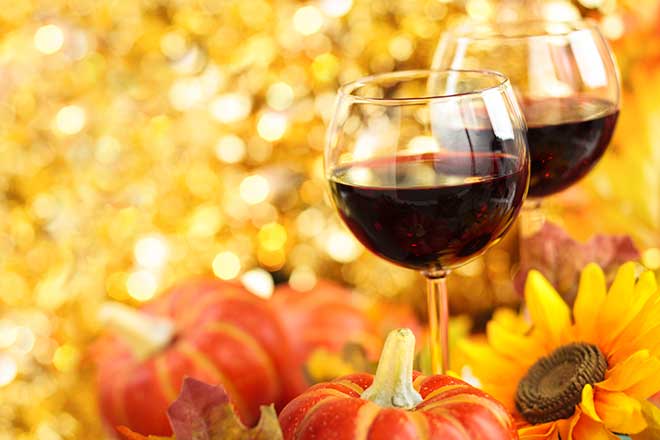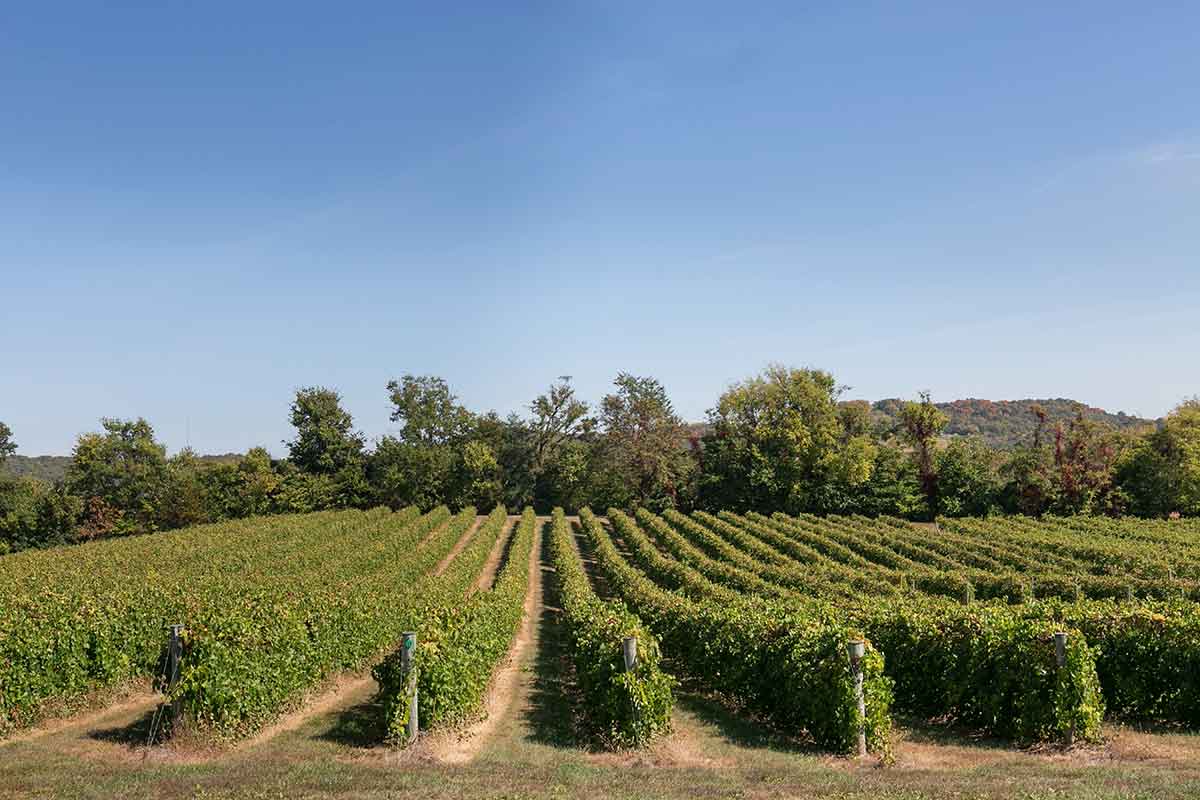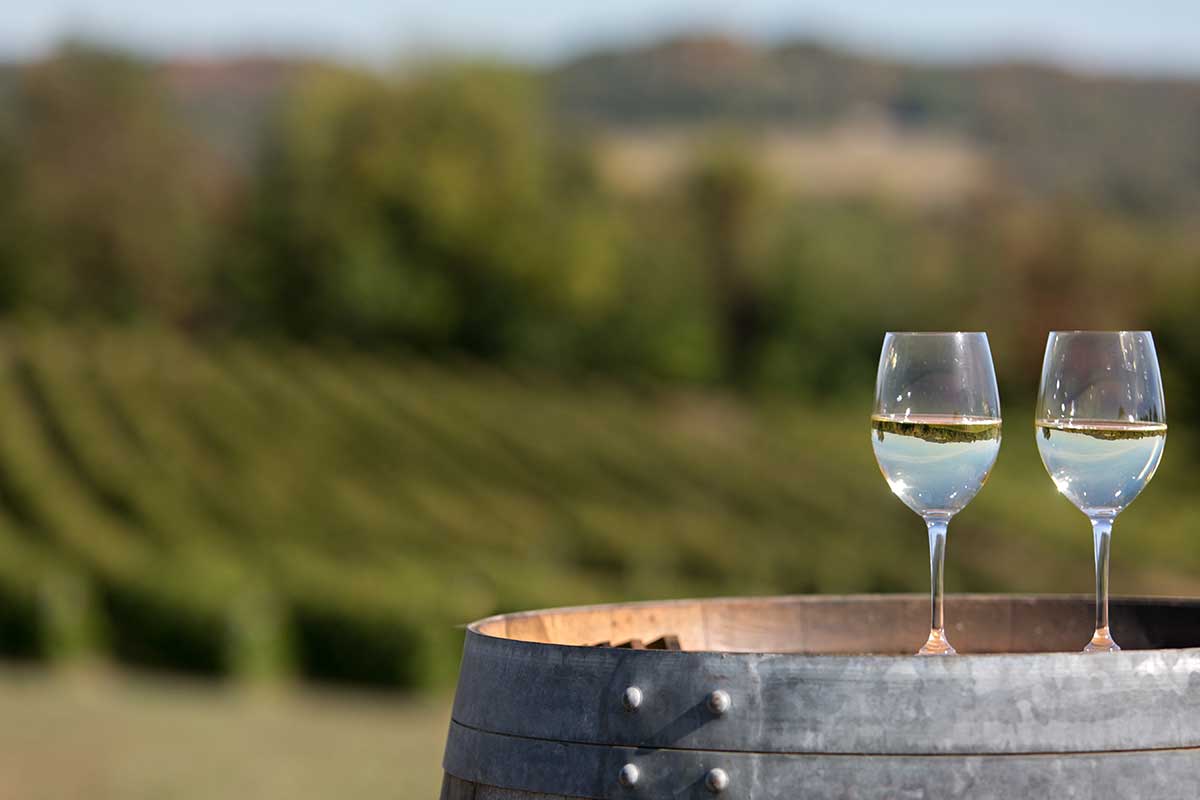Missouri Life wine columnist Doug Frost lets us know that chilling down wine with ice is just fine. Temperature affects flavor and wine that is too warm just does not taste good. So drop a few cubes in your favorite wine and enjoy.

MY SISTER-IN-LAW IS A BEER FANATIC WHO POPS ICE CUBES INTO HER SUDS. True beer enthusiasts would recoil in horror, the little dears. Sister-in-law likes her beer cold, and those koozies splashed with witticisms (It’s beer o’clock somewhere!) can only do so much against the summer sun.
Truth told, I’ve done the same with my wines and here’s why: Temperature profoundly affects flavor. All the fancy wine glasses in the world mean little if your favorite glass of Seyval Blanc simmers like a pot of tea. Serving a white wine at room temperature or warmer disrupts the expression of fresh fruit and can emphasize more cooked or bruised fruit flavors and aromas. A slight chill can highlight a wine’s character, but a firm chill can mute it.
There’s a famed brand of cheap bubbly that prints a command on the side of its plastic-corked bottles: Drink Well-Chilled. As a wine approaches a frozen state, all its aromas (fresh fruit and all) will be subdued, eventually offering little of notice. Thus, the famed brand is saying, “Drink this so cold that you hardly notice its dull and regrettable flavors!” Sound advice.
Of course, we’re used to drinking our sparklers, white wines, or rosés cold. But red wines, too, can use a chill. Instead of room temperature, most red wines benefit from “cellar temperature,” a cooler state you can achieve by popping the bottle in the fridge for a half hour before opening it. As red wine gets colder, it begins to show more tart fruit and astringency. If you like them tart and/or astringent, you’ve now got a trick in your arsenal.
Warm red wine is tasty on a cold night; you might be a fan of mulled wine, but probably not on a sweaty day. The great winemaker Jim Clendenen (RIP, my friend) would, on a hot day, enthusiastically drop an ice cube in his Grand Cru Burgundy and laugh at the shocked stares of the uninitiated.
Perhaps this may shock you, gentle reader, but winemakers do it all the time. They not only think it prudent to dunk an ice cube or two in their white wine, they’ll do the same with their reds if necessary. After all, when the grapes are crushed and readied for fermentation, they might have done the same.
Adding water to wine isn’t done to increase the amount of liquid but to lower the relative alcohol level in the finished wine. It is commonplace, I can assure you, in warmer places such as California or Australia, although few winemakers are going to admit it. It just sounds bad.
Here in Missouri, we are dealing with grapes that are typically not likely to create such lofty alcohols. The practice of adding water is less prevalent here—it’s true—but that won’t stop me from icing down a glass of wine if I feel like it. Give me and my sister-in-law a bit of freedom to enjoy our drinks the way we like them, at least until summer is over.

TRY THESE OVER ICE
Adam Puchta Winery 2021 Hunter’s Red (semi-dry red)
St. James Winery Velvet Red (sweet red)
Augusta Winery River Valley Blush (sweet rosé)
Stone Hill Winery Brut Rosé (sparkling)
Pirtle Winery Pirtle Effervescent Mead
Read more about wine recommendations from Doug here.
Article originally published in the July/August 2023 issue of Missouri Life.
Related Posts
WINE DOG: Take pride in Missouri’s wine
Regional pride is real; I share it. I take perverse pleasure in correcting people who assume that I live in some coastal wine mecca. I often mention my experiences when I give talks around the world about the wine market.
7 Reasons to Visit Missouri Wine Country
Springtime is a perfect opportunity to explore Missouri’s unique and beautiful wine country. Need a reason to visit? Here are seven.



